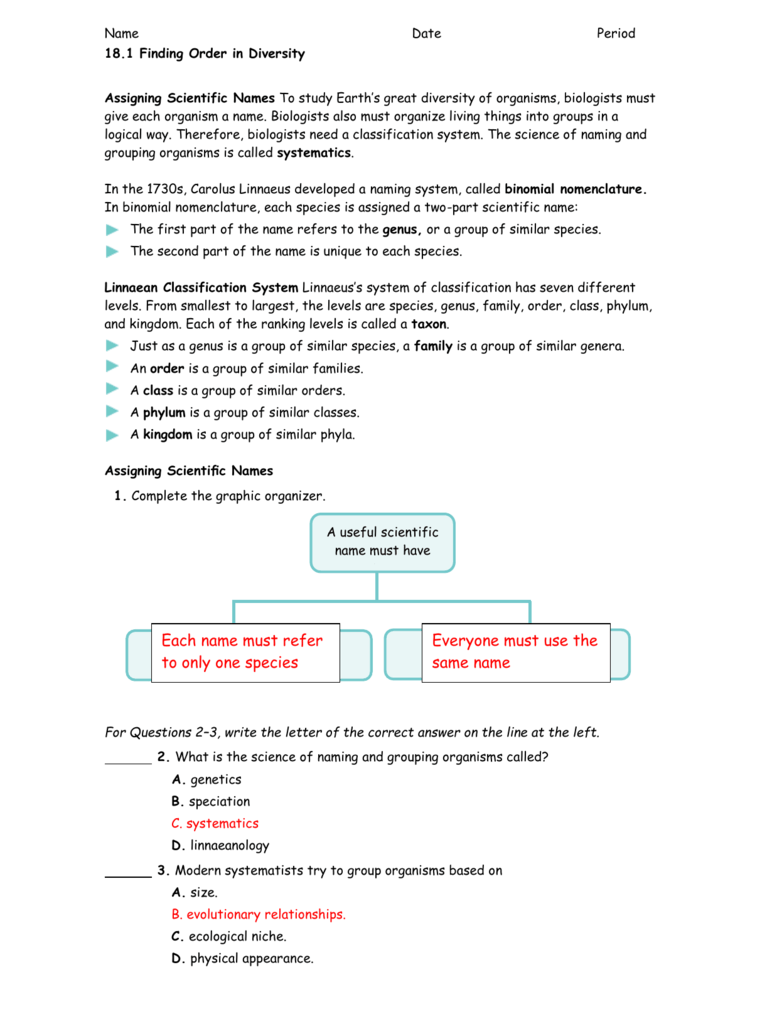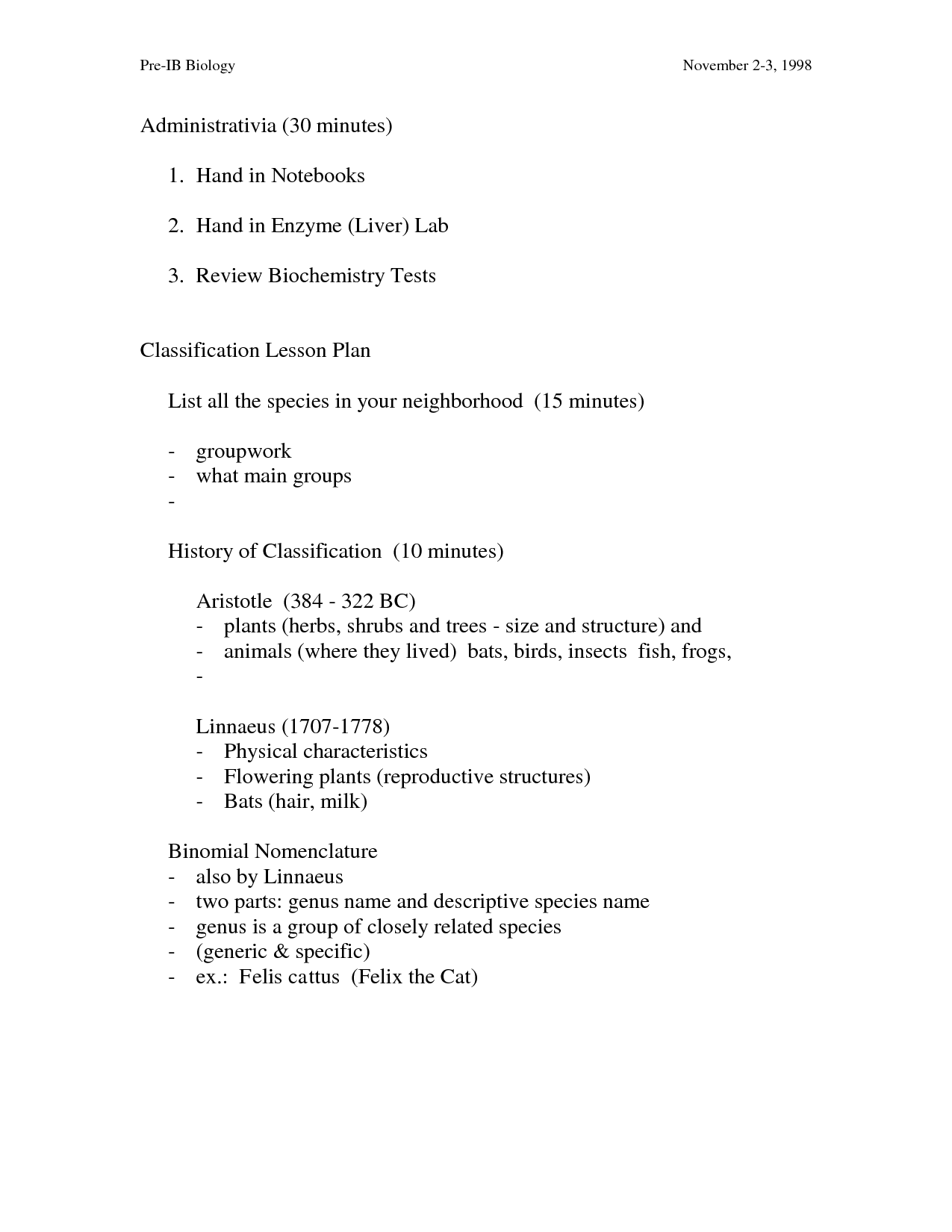Have you ever wondered how scientists categorize the vast diversity of life on Earth? Imagine trying to identify a strange insect you found in your garden, or a peculiar plant growing in your backyard. It can be a daunting task, but luckily, there’s a tried-and-true method to help us unravel the mysteries of the natural world. This method involves using **identification keys**, tools that guide us through a series of questions and options to pinpoint an organism’s identity.

Image: studyposter.blogspot.com
My own fascination with identification keys began during a childhood trip to the woods. I stumbled upon a vibrant mushroom unlike any I’d seen before. Its bright red cap and white spots sparked my curiosity, leading me to a field guide with a key that helped me identify it as the beautiful yet potentially dangerous Fly Agaric. This experience instilled in me a deep appreciation for the power of keys and their ability to unlock the secrets of nature.
Unlocking Nature’s Secrets: The Power of Identification Keys
Identification keys, often referred to as **dichotomous keys**, are structured guides that systematically narrow down the possibilities based on observable characteristics of an organism. They typically present two contrasting choices at each step, leading you towards the correct identification. Imagine a treasure hunt where each clue narrows down the possible locations until you finally reach the hidden treasure. Similarly, identification keys guide you through a series of traits to pinpoint the identity of an organism.
The history of identification keys traces back to the early days of biological classification. Carl Linnaeus, the father of taxonomy, created a hierarchical system for classifying organisms, paving the way for the development of identification keys. These tools have evolved significantly over time, incorporating advancements in scientific understanding and technological innovations.
What Makes Identification Keys So Effective?
The beauty of identification keys lies in their simplicity and effectiveness. They provide a structured and logical approach to identifying organisms, breaking down the process into manageable steps. This systematic approach eliminates confusion and ensures consistent and accurate results, even for individuals with limited botanical or zoological knowledge.
Features of Identification Keys:
- Dichotomous Structure: Each step presents two contrasting choices, making it easy to make decisions and progress through the key.
- Clear and Concise Language: Identification keys are carefully crafted using precise and unambiguous language to avoid ambiguity and ensure accurate identification.
- Focus on Observable Characteristics: They rely on readily observable physical traits, such as leaf shape, flower color, or body size, making them accessible even to beginners.
- Comprehensive Coverage: Identification keys are designed to encompass a wide range of organisms, from familiar plants and animals to more obscure species.
- Versatility: They can be used to identify organisms in various settings, including forests, meadows, backyards, and even aquariums.

Image: www.worksheeto.com
From Traditional Keys to Digital Tools: The Evolution of Identification
While traditional identification keys printed in field guides and textbooks have long been the norm, the digital age has brought about exciting new possibilities. Online identification keys, interactive apps, and AI-powered identification platforms are revolutionizing the way we identify organisms. These digital tools often incorporate images, videos, and audio recordings to enhance the identification process, making it even more engaging and accessible.
Furthermore, citizen science projects like iNaturalist and eBird are leveraging technology to compile vast databases of observations and images, allowing users to contribute to scientific research while learning about biodiversity. These platforms utilize machine learning algorithms to assist in identification, making it easier for anyone to participate in biodiversity monitoring.
Tips and Expert Advice for Effective Identification
While identification keys are powerful tools, using them effectively requires some practice and attention to detail. Here are some tips from my experience:
- Carefully Observe the Organism: Pay close attention to its physical characteristics, including its shape, size, color, texture, and any distinctive markings.
- Use a Reliable Key: Ensure that the key you’re using is specifically designed for the group of organisms you’re trying to identify. Field guides and online resources can provide valuable information about the best keys for your needs.
- Don’t Rush: Take your time and carefully read each step in the key. Don’t jump to conclusions or skip steps.
- Cross-Reference with Other Sources: If you’re unsure about an identification, consult additional resources such as online databases, field guides, or expert advice.
- Practice, Practice, Practice: The more you use identification keys, the more comfortable and confident you’ll become.
FAQs about Identification Keys
Here are some frequently asked questions about identification keys:
Q: Are identification keys always accurate?
A: While identification keys aim for accuracy, it is important to note that they are based on observable characteristics. Errors can occur if the organism is atypical, or if the key is outdated. Cross-referencing with other resources is always recommended.
Q: Can anyone use identification keys?
A: Yes, identification keys are designed to be accessible to people of all experience levels. While some keys may be more complex than others, there are beginner-friendly options available.
Q: Are identification keys used only for plants and animals?
A: No, identification keys can be used to identify a wide variety of organisms, including fungi, bacteria, and even fossils.
Can A Key Be Used To Identify Organisms Answer Key
https://youtube.com/watch?v=dxk9UzabwmY
Conclusion
Identification keys are essential tools for unraveling the mysteries of the natural world. By following a structured process, they empower both experts and enthusiasts to identify and appreciate the incredible diversity of life on Earth. From traditional print versions to digital platforms, identification keys are constantly evolving, making this fascinating field of study more accessible than ever.
Are you interested in learning more about identification keys and using them to explore the amazing world around you? If so, consider visiting a local nature center, joining a nature club, or starting your own exploration of the natural world.




